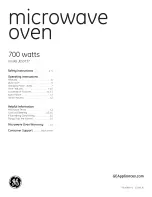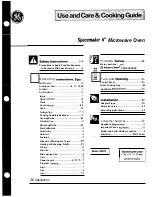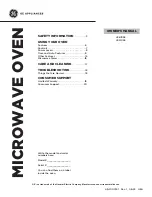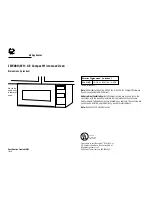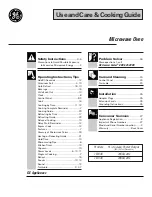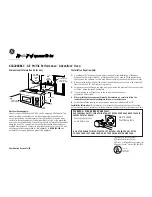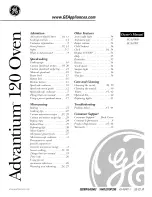
In a microwave oven there is a
high-frequency tube called a
magnetron. This converts electrical
energy into microwaves. These
microwaves are distributed evenly
throughout the oven interior, and
rebound off the metal sides of the oven
interior to reach the food from all sides.
Microwave distribution is improved with
the turntable engaged.
In order for microwaves to reach the
food, they must be able to penetrate
the cooking utensil being used.
Microwaves can penetrate porcelain,
glass, cardboard and plastics, but not
metal. Do not, therefore, use utensils
made of metal, or which contain metal,
for example in the form of gold or silver
trim. The metal reflects the microwaves
and this could lead to the creation of
sparks. The microwaves cannot be
absorbed.
Microwaves pass through a suitable
container and find their way directly into
the food. All food contains moisture
molecules which, when subjected to
microwave energy, start to oscillate 2.5
thousand million times a second. The
friction caused by this vibration creates
heat, which first starts developing
around the outside of the food and then
slowly penetrates towards the centre.
The moisture, fat and sugar content of
food will affect the speed at which it is
cooked.
As heat is produced directly in the
food,
– food can generally be cooked
without adding much liquid or
cooking oil.
– cooking, reheating and defrosting in
a microwave oven is quicker than
using conventional methods.
– nutrients, such as vitamins and
minerals, are generally retained.
– the colour, texture and taste of food
are not impaired.
Microwaves stop being produced as
soon as the cooking process is
interrupted or the appliance door is
opened.
When the appliance is in operation, the
closed, sealed door prevents
microwaves escaping from the
appliance.
How the microwave oven works
14
Содержание M 8151-1
Страница 55: ...55 ...
Страница 56: ...Alteration rights reserved 0508 M 8151 1 M 8161 1 M Nr 07 088 080 01 ...






























